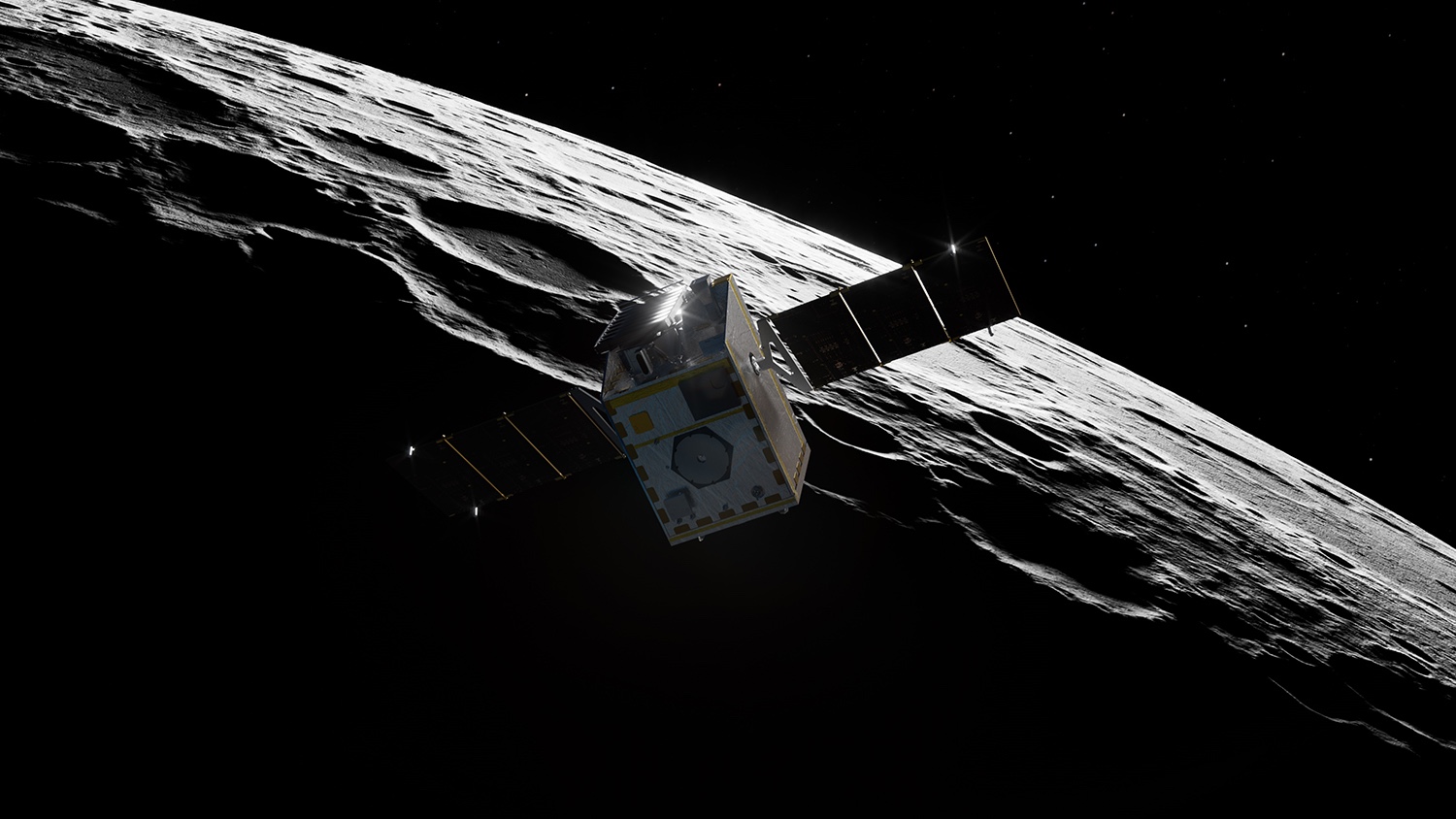NASA has officially terminated the Lunar Trailblazer mission after more than five months of lost communication. This decision represents a significant setback for the agency’s efforts to implement low-cost planetary exploration initiatives. The Lunar Trailblazer, designed as a small satellite orbiter, aimed to enhance our understanding of the Moon’s water and ice distribution.
The mission, which was launched in early 2023, had ambitious goals to map the lunar surface and identify potential water resources. However, by May 2023, NASA confirmed that contact with the spacecraft had been lost, raising concerns about its operational status. Despite attempts to re-establish communication, the agency was unable to regain control of the orbiter.
Impact on Future Missions
The cancellation of Lunar Trailblazer highlights the challenges faced by NASA in conducting budget-friendly space missions. The agency has increasingly focused on smaller, cost-effective projects to maximize its exploration capabilities. According to NASA officials, such missions are essential to gather critical data while maintaining fiscal responsibility.
While the loss of Lunar Trailblazer is disappointing, NASA continues to pursue other lunar missions. The agency remains committed to its broader objectives, including the Artemis program, which aims to return humans to the Moon by 2024. This program is expected to pave the way for future exploration of Mars and beyond.
Lunar Trailblazer was a part of NASA’s Small Innovative Missions for Planetary Exploration (SIMPLEx) program, which encourages the development of innovative, low-cost missions. The program aims to foster new technologies and techniques for planetary science, making space exploration more accessible.
As NASA reflects on the challenges faced with Lunar Trailblazer, the agency is also looking ahead to future opportunities. The experience gained from this mission, although unfortunate, will inform the design and execution of subsequent projects, ensuring that lessons learned contribute to the success of future endeavors.
In the competitive landscape of space exploration, maintaining a focus on innovative solutions remains crucial. With the ongoing pursuit of knowledge about the Moon and other celestial bodies, NASA’s commitment to exploring the universe continues unabated.



































































